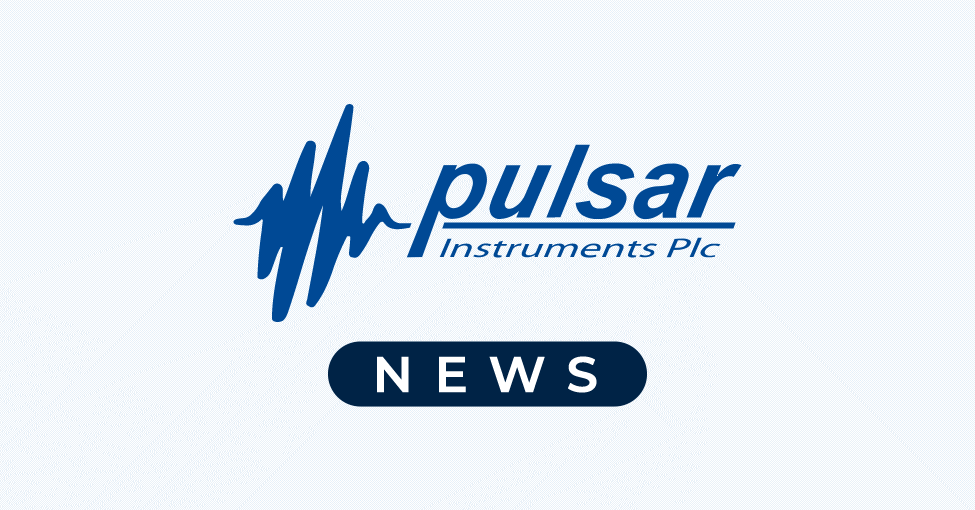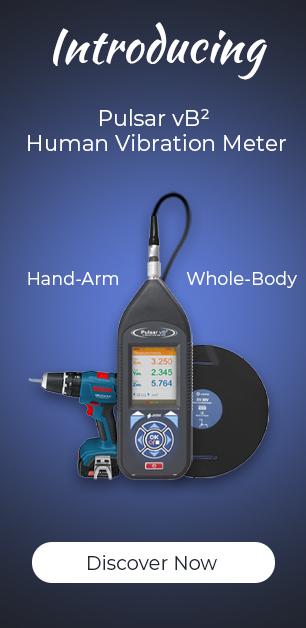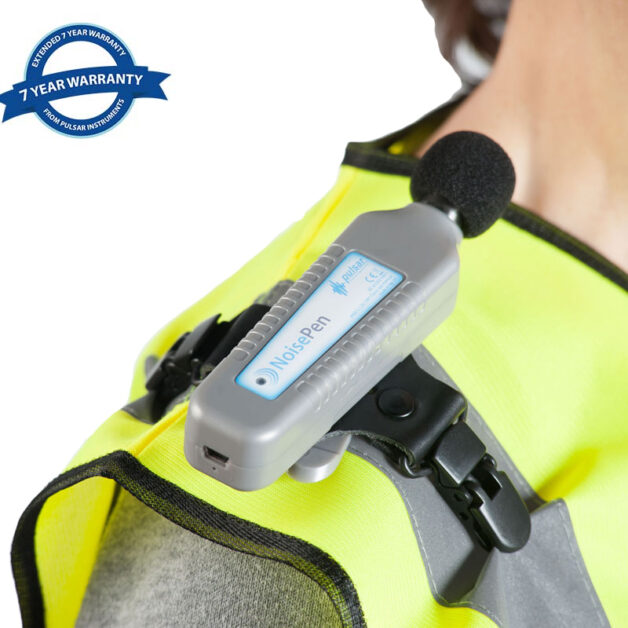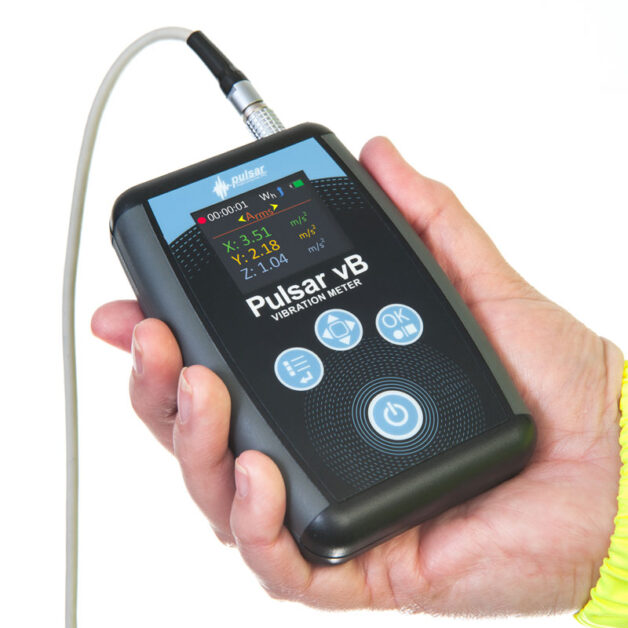How loud is loud? (and other noise measurement questions…)
Long term exposure to noise at work can damage your hearing. That’s a fact. It’s also a fact that noise induced hearing loss is preventable, and as an employer it’s your responsibility.
Every day, many individuals around the world are exposed to potentially harmful levels of noise while at work resulting in noise-induced hearing loss or tinnitus. And, for these groups, regular noise exposure monitoring and hearing protection is vital. Simple isn’t it? But How loud is loud? How can you find out how noisy your workplace is? What actions do I need to take? What happens if my employees are not protected?
So how loud is loud?
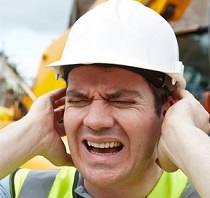
In other words, at what noise level do you need to take action? The quick answer is anything over 80 dB. The longer and more accurate answer is that the Noise Regulations require you to take specific action at certain values, relating to:
- the levels of employee noise exposure averaged out over a working day or week; and
- and the maximum (peak sound pressure) employees are exposed to.
Noise is measure in decibels (dB) by a sound level meter. An ‘A-weighting’ sometimes written as ‘dB(A)’, is used to measure average noise levels, and a ‘C-weighting’ or ‘dB(C)’, is used to measure peak, impact or explosive noises.
Lower exposure action values:
- Daily or weekly exposure of 80 dB
- Peak sound pressure of 135 dB
Upper exposure action values:
- Daily or weekly exposure of 85 dB
- Peak sound pressure of 137 dB
How can you find out how noisy your workplace is?
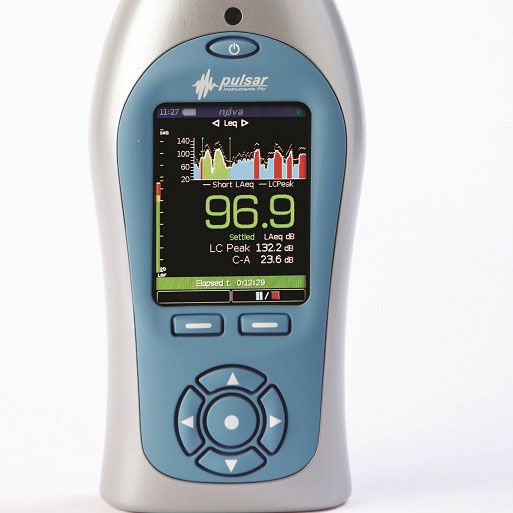
You can find out how what your employees exposure to noise at work is by regularly taking measurements with an industry compliant hand-held sound level meter (at least Class 2/Type 2). Something like the Pulsar Nova Model 44 – which has been used to monitor workplace and construction noise effectively since it was launched 4 years ago. We’ve helped hundreds of companies identify how important accurate workplace noise measurement is:
“Because of the way our ears work we might just about notice a 3 dB change in noise level, but for every 3 dB increase we hear the noise level has doubled, so what seems like a small difference in the numbers can have a very significant impact on someones hearing.” Says Sarah Brack, Managing Director of Pulsar Instruments
We recently helped Lentus through the whole process “As a Manager with responsibility for the health and safety of my team, yet little experience in the noise monitoring field, finding and exploiting Pulsar Instruments’ knowledge and awareness has helped me to make a good choice for our business that will both keep my people safe, and ensure that the business remains compliant even as our processes and factory layouts evolve. I am delighted that I am now able to make my own assessments with a piece of equipment that I can trust, and one that will be recognised by industry professionals.” Said their Health and Safety Manager.
Regular monitoring of both machinery and a workers’ individual noise exposure is essential; for instance by using Personal noise dosemeters worn by employees, to capture their exposure to fluctuating noise levels during a working day or week. This measurement and monitoring needs to be carried out by a competent person who has had sufficient training and experience. Any measurement should also be repeated if there are changes to the workplace layout, new machinery is installed or if there is a change to an employees work pattern.
If my workplace it too loud what actions do I need to take?
We’ve outlined below the key things an employer needs to do if they identify that noise is a problem for their workforce.
Measures to be taken when the Exposure Value is 80dB(A) or above
• Identify all the employees affected.
• Inform all employees of the potential risk to hearing
• Publish results
• Fit signs recommending the use of Hearing Protection
• Provide a choice of appropriate hearing protectors on request
• Provide adequate education / training to meet these requirements.
Measures to be taken when the Exposure Level is 85dB(A) or above
• Areas concerned must be marked out and appropriate warning signs displayed.
• Personal Hearing protectors must be worn in these zones.
• An Audiometric Health Surveillance Programme must be established.
• The exposure of employees must be reduced as far as reasonably practicable.
• Noise should be controlled at source (Engineering solutions, Insulation, Absorbent Lining, Enclosures etc)
‘Exposure Limit Value’ Legal limit of 87dB(A) over 8 hours.
• 87dB(A) is the maximum permissible noise level exposure to actually impinge on the exposed person’s ear (including the use of hearing protection).
With Charles Wilson Engineers Ltd. We helped their Health and Safety Manager identify which meter they needed to identify areas of concern “Pulsar Instruments made the decision to purchase one of their Nova Model 44 Class 2 test meters with data logging a very easy one indeed. The sales advice I received was truly excellent. You really felt that there was someone at the end of the telephone who understood our requirements and had the correct product to satisfy them. The Nova noise meter is a brilliantly engineered piece of equipment that is very easy to use and it interfaces superbly with the excellent data logging software. It is so good to find a great company that is so committed to its products and customers alike”.
What happens if I don’t protect my employees?
The key thing to remember is that noise-induced hearing loss in a work environment is totally preventable. With the help of the right monitoring and control measures, you can reduce the risk to your employees from excessive noise levels.
Failure to monitor noise levels may mean that employees are exposed to levels in excess of the recommended levels. And if an employee can demonstrate their employer has failed in their duty to protect them, then businesses can pay up to six figures in compensation for noise-induced hearing loss.
What do I do next about exposure to noise at work?
Please contact us as soon as possible; we’ll talk you through the best noise monitoring and measurement equipment for monitoring your workplace, and we can offer professional training and other noise consultancy services too. Call us on 01723 518 011 or email us.
Find out more about the Noise at Work Regulations.
